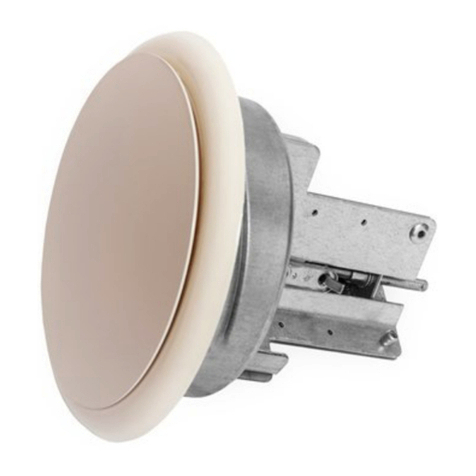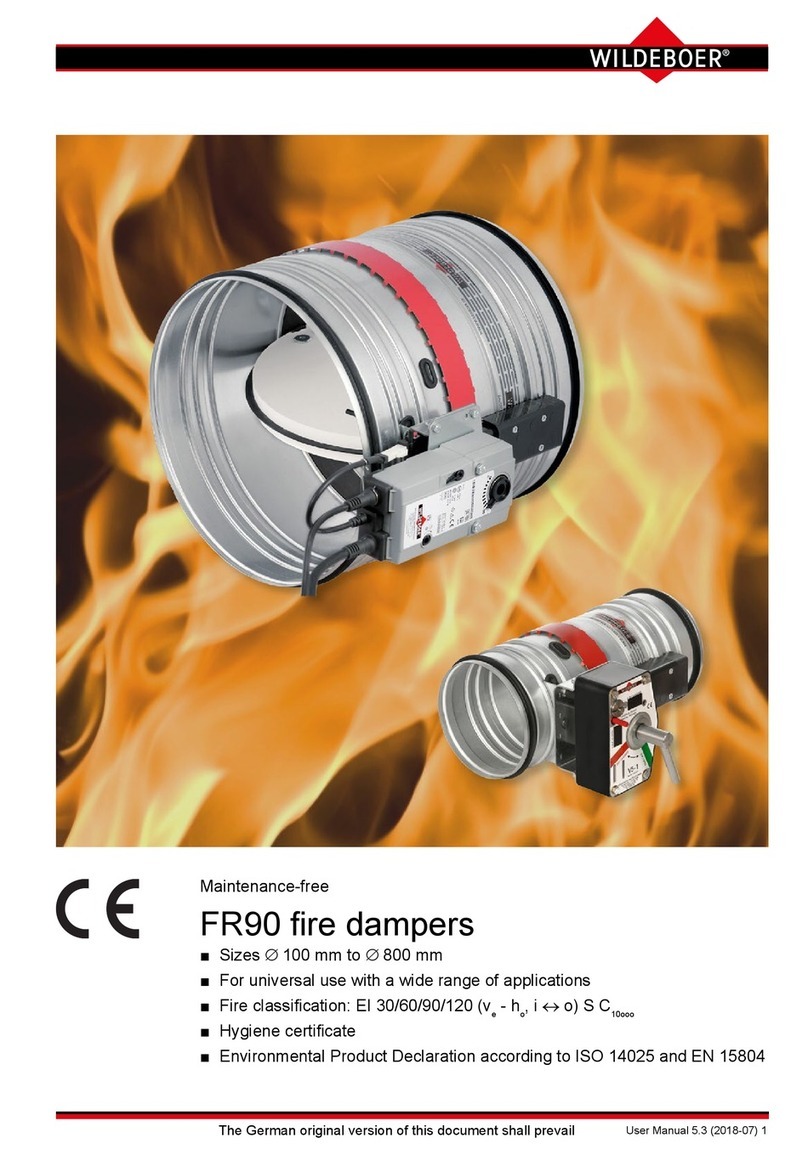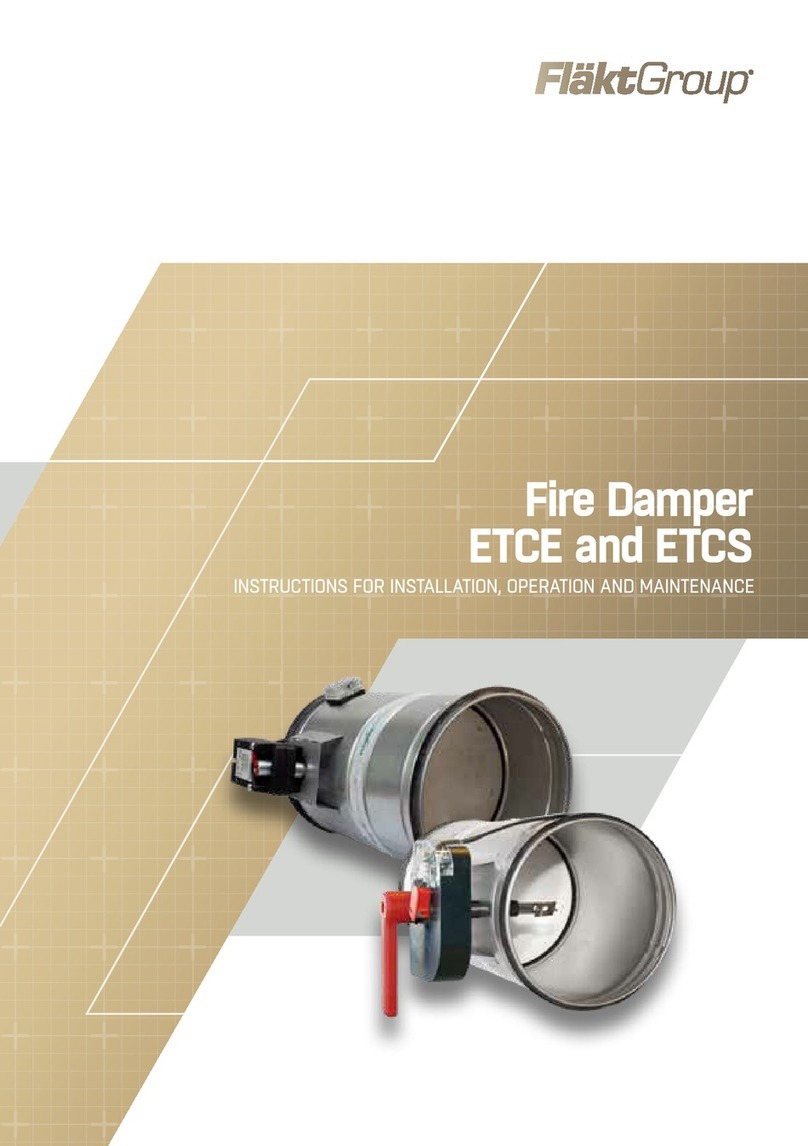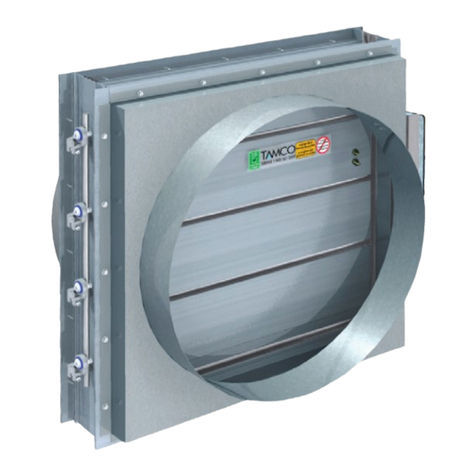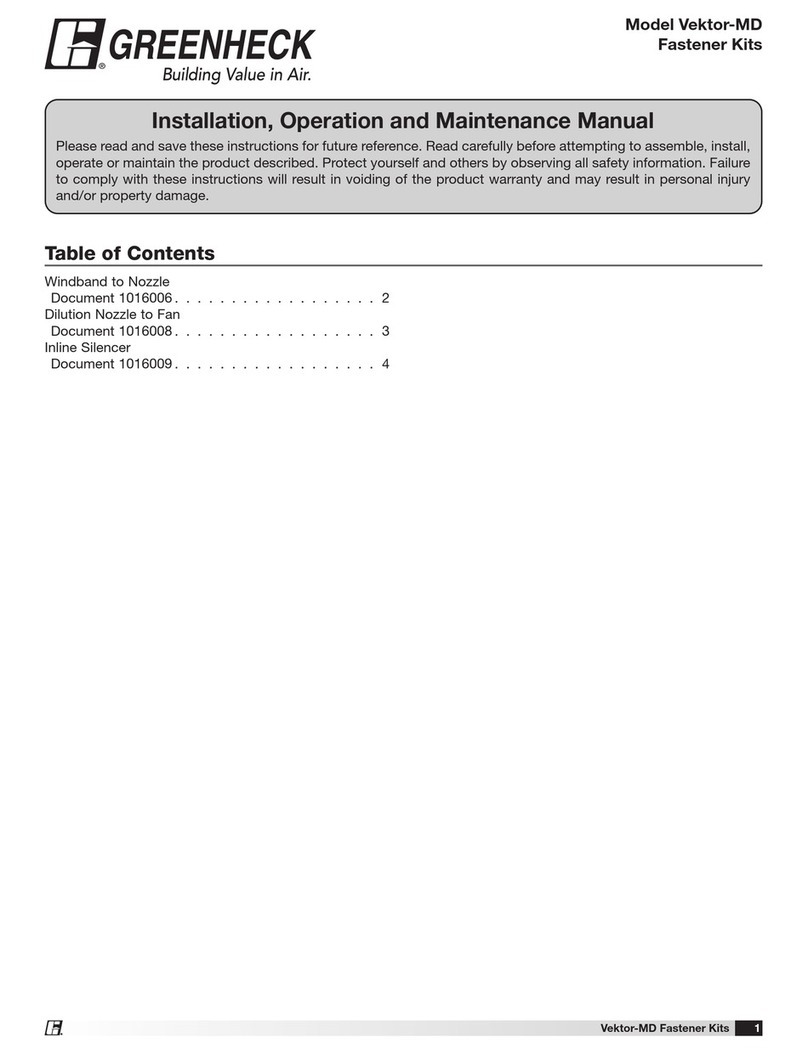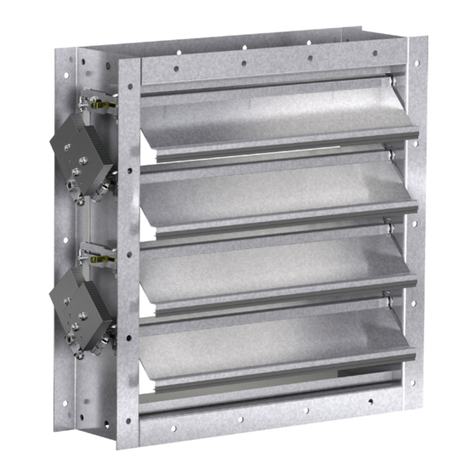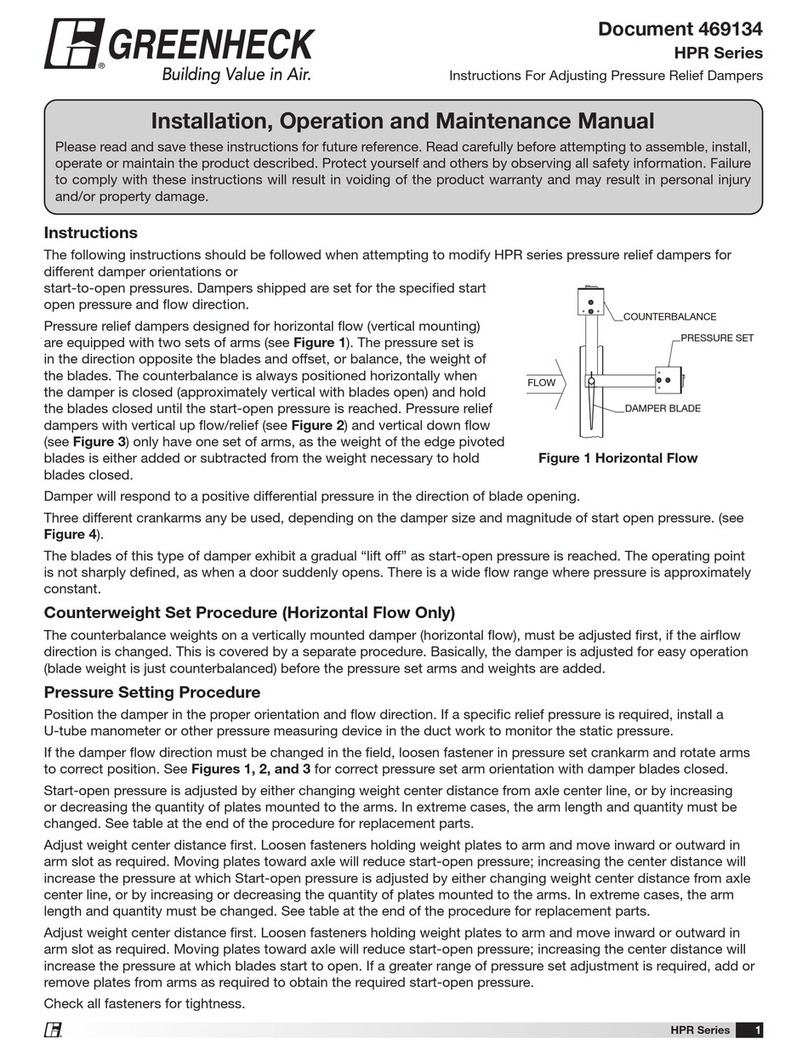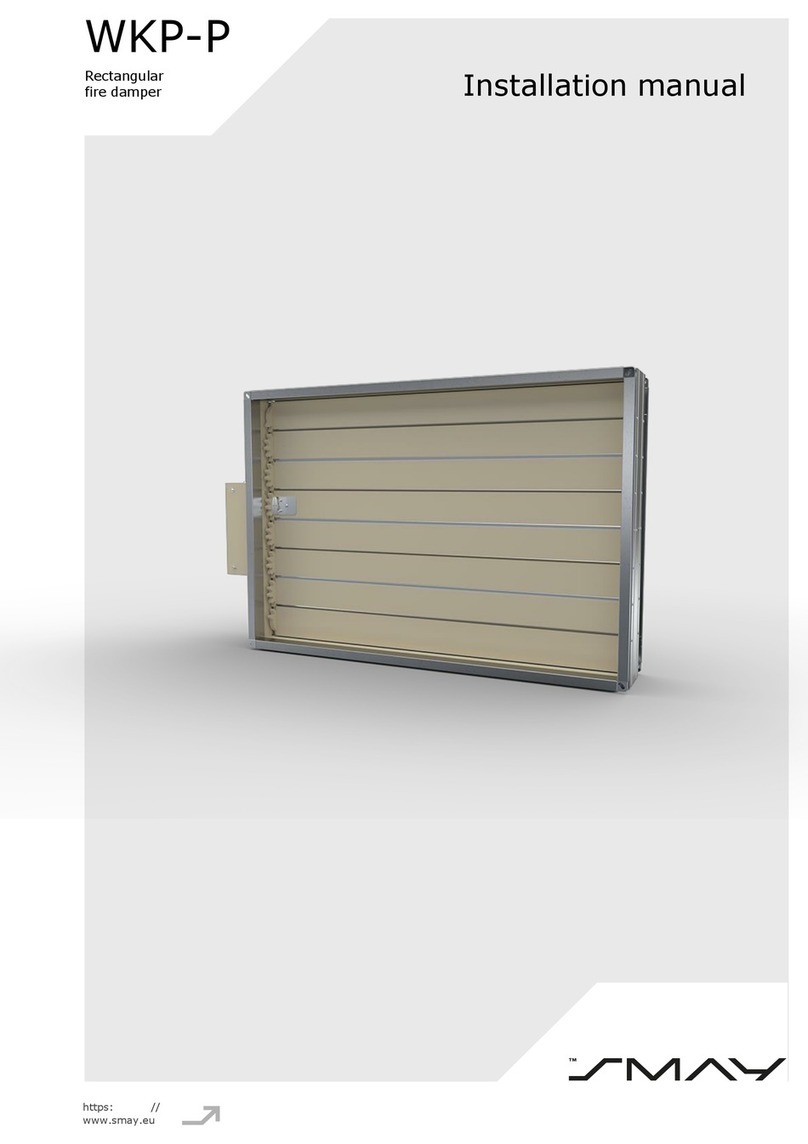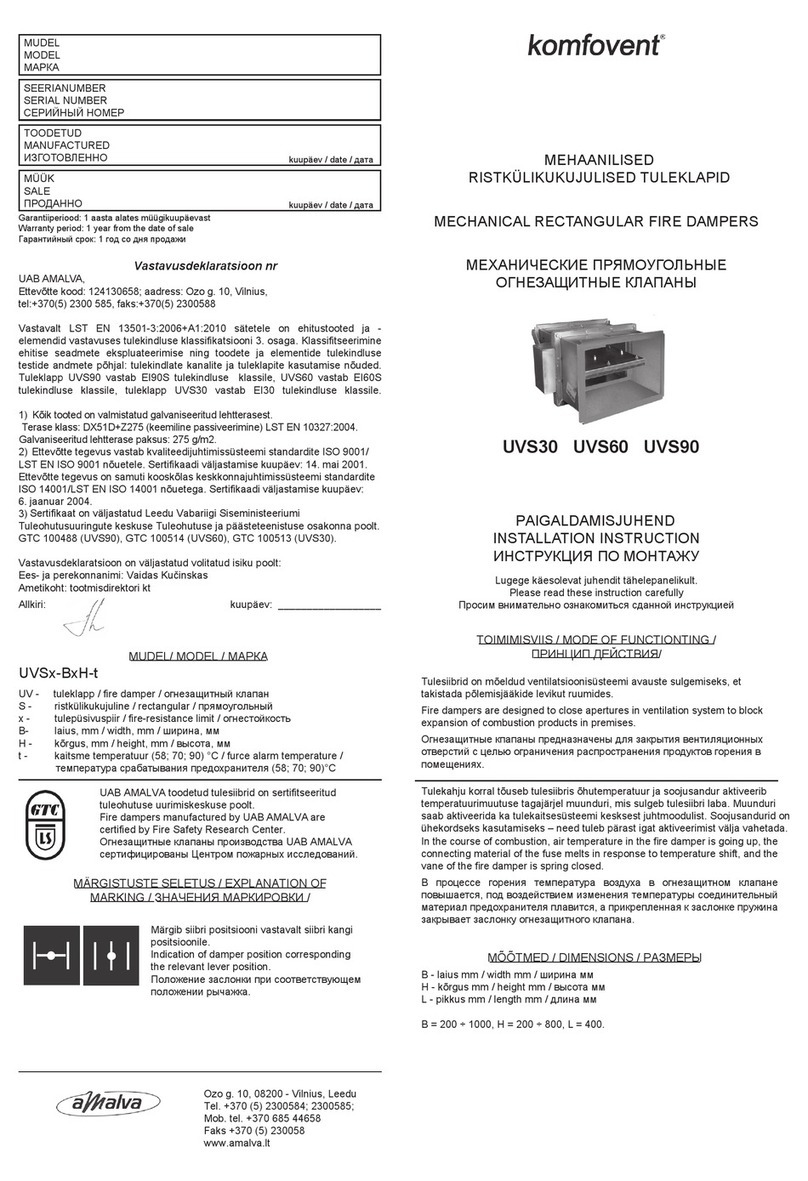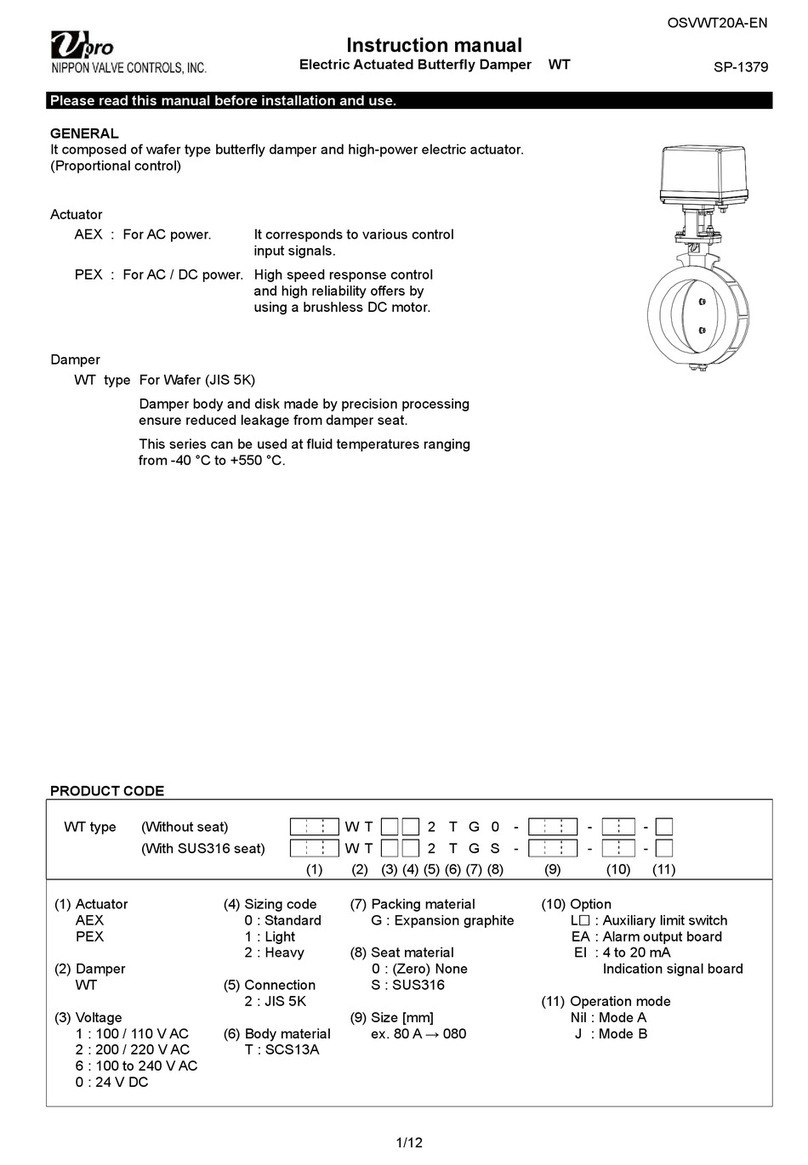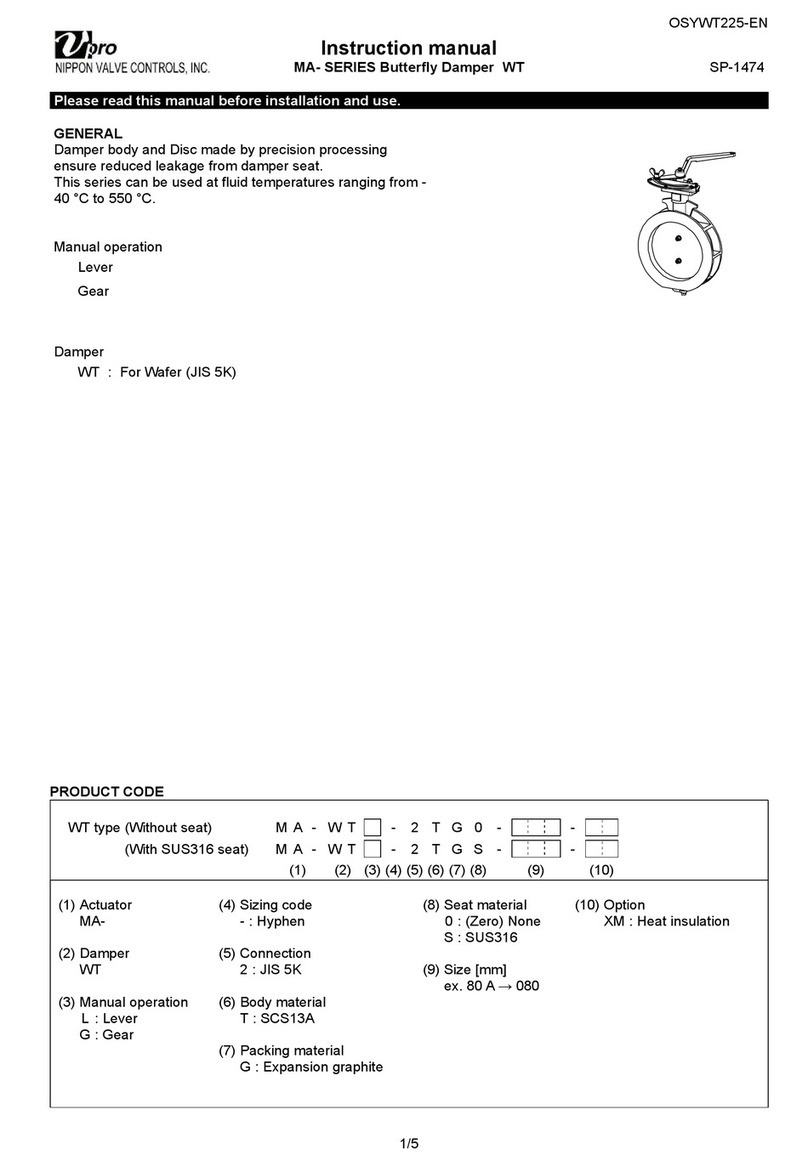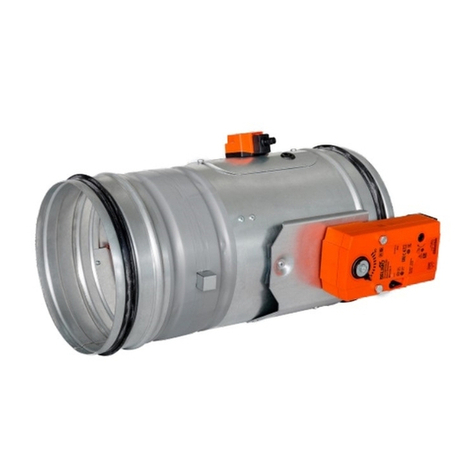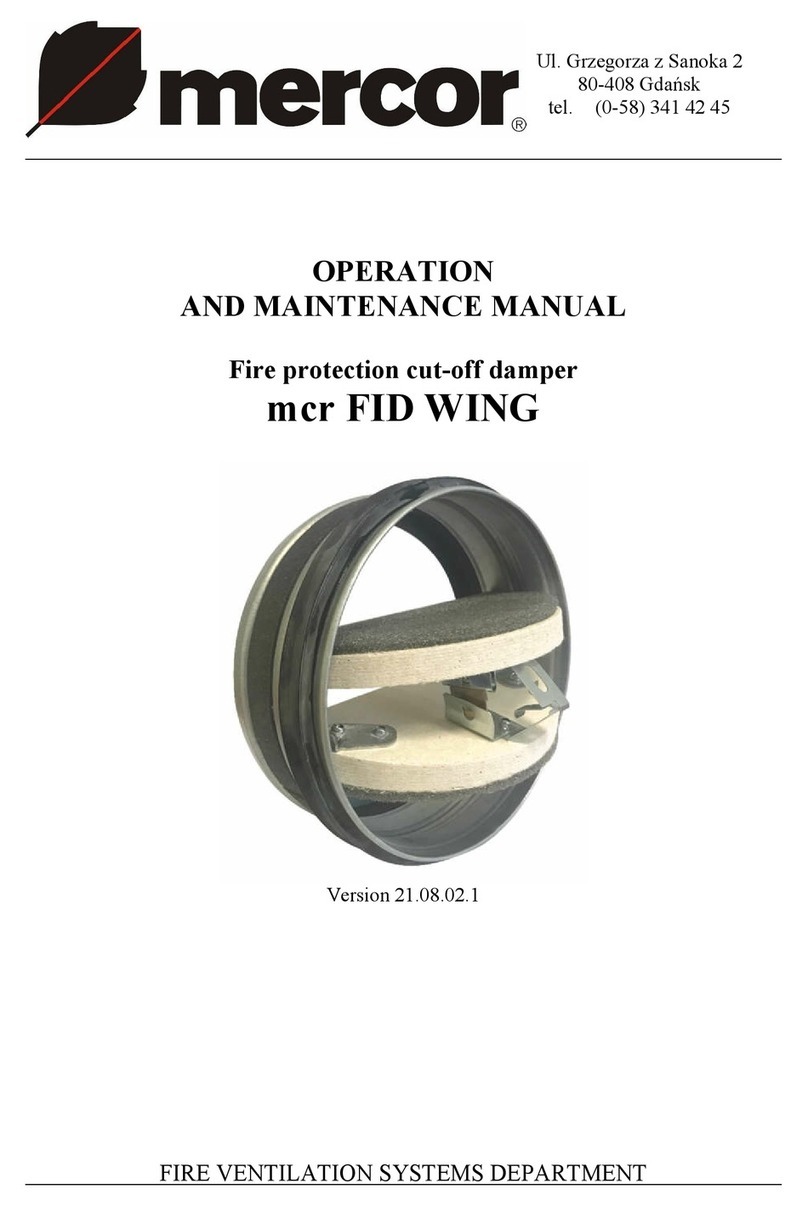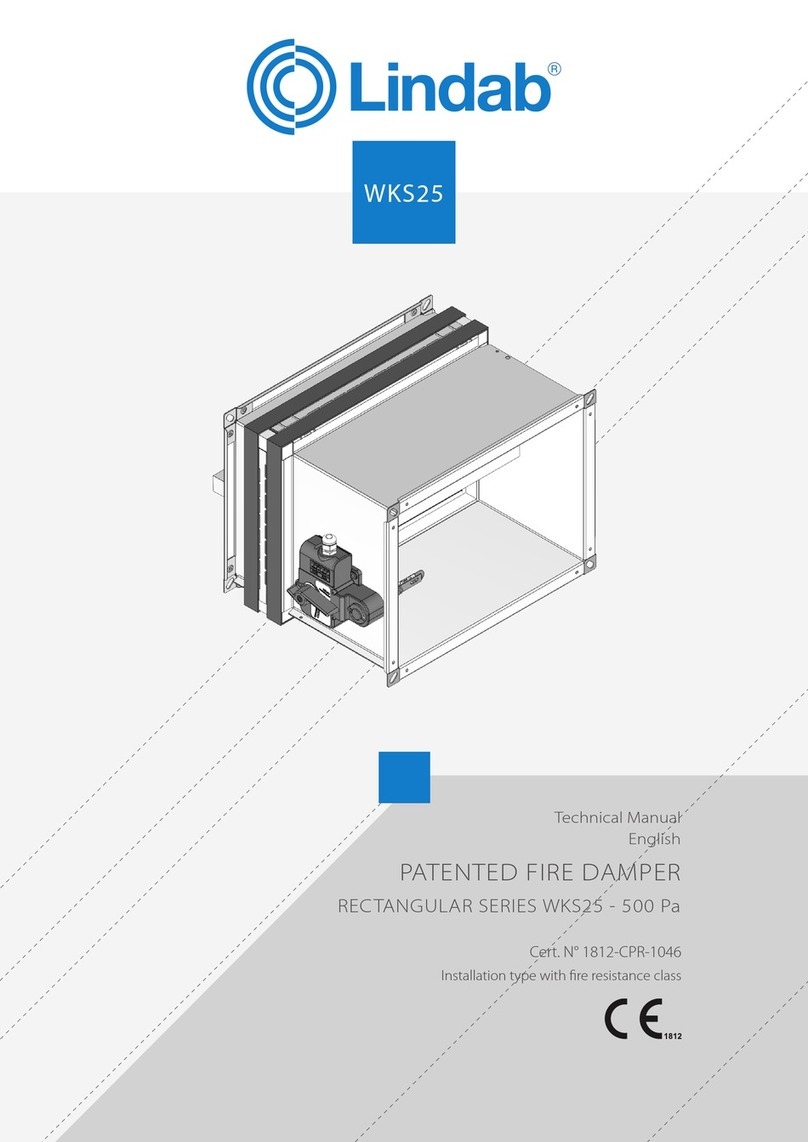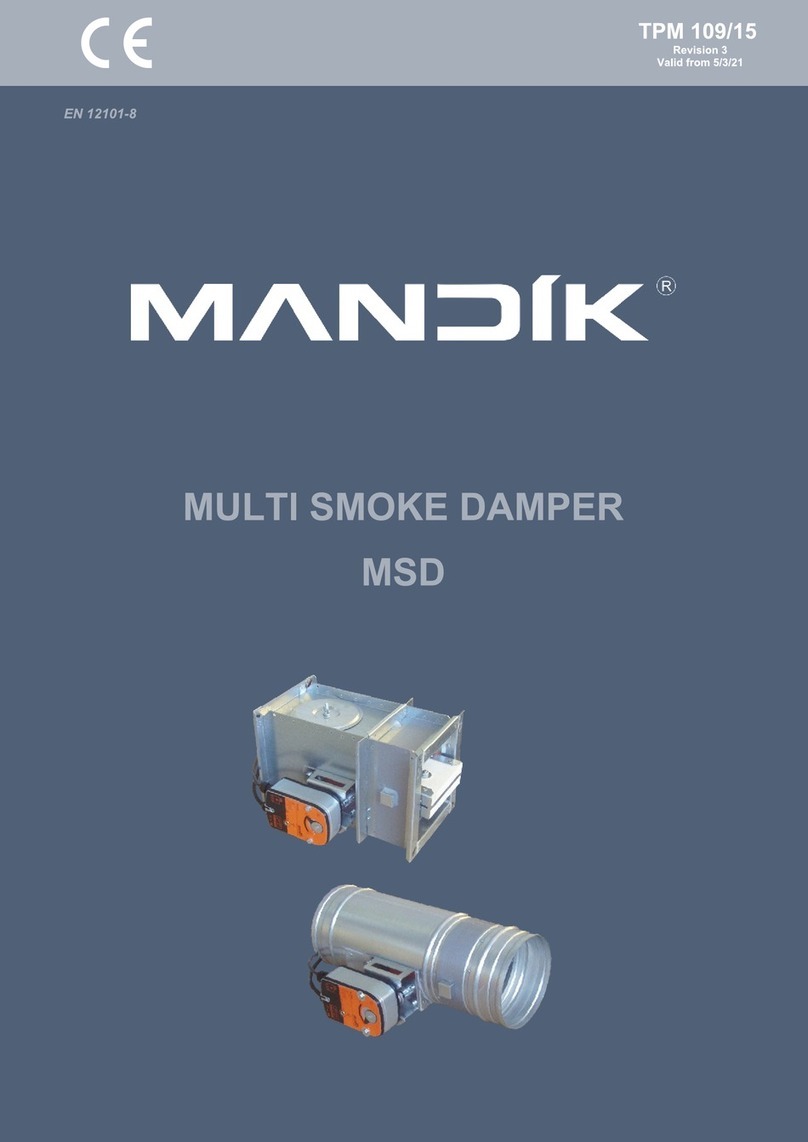
OSRWT23A-EN
10/12
INSTALLATION, OPERATION & MAINTENANCE INSTRUCTIONS
WIRING
PRECAUTIONS
• Remove the actuator cover before wiring.
• Two G1/2 electrical connections are provided with a
cable gland and plug. Usable cable size is 6 to 12
mm.
• When using a flexible tube, dew condensation may
occur inside the actuator due to respiration from the
inside of the tube and malfunction may result. Seal the
flexible tube connector part with a sealant.
• Sealants that affect the electrical contacts should not
be used inside the electric actuator.
• If long distance wiring or low voltage operation, check
that terminal voltage is in the proper range.
• Input signal circuit is non-isolated.
Do not connect DC (minus) wire to other DC (minus)
common.
CONNECTION
• Do not wiring outdoors on a rainy day.
• Check the power supply and voltage.
Connect the signal as shown in the wiring diagram.
Do not connect unnecessarily terminal.
• Check whether the MODE change DIP SW on a
circuit board substrate is set up correctly.
• When wiring, if wiring of a signal is mistaken, it will not
operate correctly. Contact us when you use two
damper or more by one controller or indicator.
• Actuator should be electrically grounded.
Use the terminal marked ( ) inside the actuator.
PREVENT DEW CONDENSATION
• When installing the cover after wiring, perform the bolt
by the temporary tightening procedure and the
permanent tightening procedure to tightly and securely
tighten the rubber packing so that water does not
enter from the outside.
• Tighten the cable gland nut so that there is no leakage
from the wire entrance.
CONTROL
INPUT SIGNAL
• Use shielded wire for signal wiring where high level
noise is generated or when the wiring distance is long.
• Control with a 1 to 5 V input signal becomes an input
resistance 250 . Provide a voltage that can safely
20mA or more than.
DC POWER SUPPLY
• Battery or full wave rectification can be used.
• Consider an inrush current of motor.
(It is 1.5 to 3 times of consumed current.)
• When using a DC voltage, be selected the wire
thickness by the wiring distance.
• Do not use power supply that require more than
1 second with rise and fall time.
INPUT SIGNAL AND OPERATION MODE
The input signal and operation mode are set as
follows. (Factory shipped)
Input signal 4 to 20 mA or 1 to 5 V
Operation mode Mode A
Operation SHUT by decreased signal.
OPEN by increased signal.
OPERATION
TESTING
• Make sure that power supply voltage is correct. Also
check operating position, wiring, speed and signals.
• During trial operation, check that damper movement
and output signal are correct.
CONFIRM THE OPERATING CONDITION
• Adjust fluid condition, controller setting, sensor etc. so
that stable control is achieved.
• When used in an unstable control state, the life of the
actuator and the damper will be shortened.
• The desired control state is stable at the target value.
Adjust the PID setting value of the controller when
overshooting the target value greatly, when not
converging for a long time or hunting operation. Also,
when the time delay is large, please consider the
sensor position.
DUTY CYCLE (PDX)
Confirm that the operation frequency is within the
specified duty cycle.
Use beyond the load time rate range will affect
product life. Also, it may cause burnout.
Duty cycle is a value that regulates the opening /
closing frequency of the actuator.
The meaning of 50 % 30 minutes for Duty cycle is
that 15 minutes (50 % of 30 minutes) operation is
possible. The calculated value obtained by dividing
15 minutes by the operation time is the number of
times of operation within 30 minutes.
ATTENTION
• Do not change an unnecessary dip switch.
• Keep power supplied for built-in space heater to
prevent condensation inside actuator.
• Do not touch the moving parts of actuator in
operation.
• Never put anything on the actuator or make it into a
foothold.
